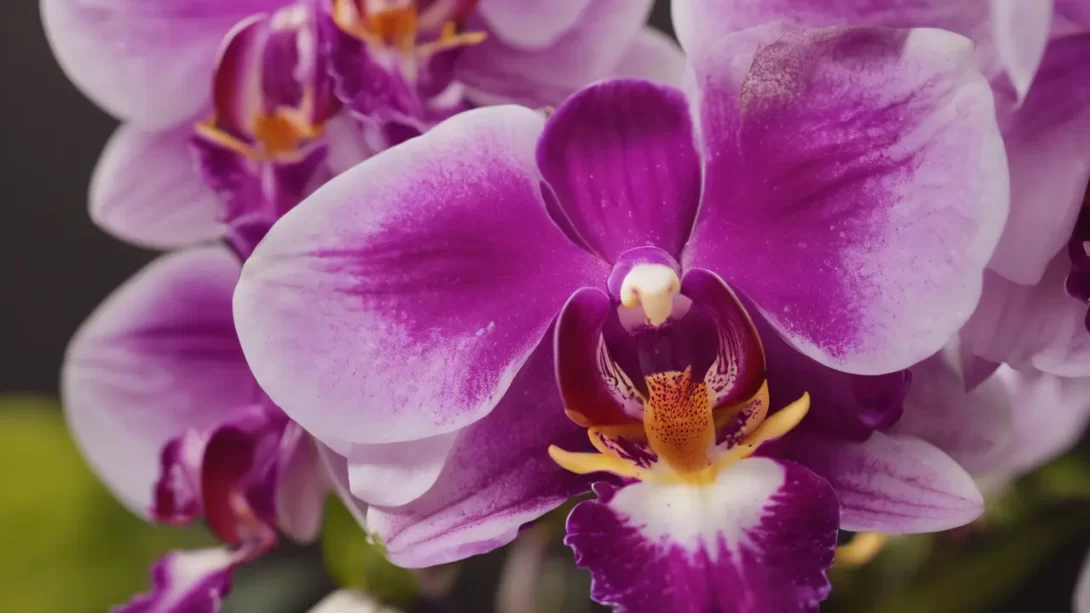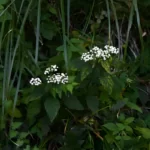Orchids and air plants are both popular houseplants admired for their unique beauty and intriguing growth habits. However, a common misconception often arises – are orchids considered air plants? This article aims to clarify this confusion by exploring the distinct characteristics of orchids and air plants, shedding light on their differences and similarities.
Orchids
The orchid family, Orchidaceae, is one of the largest and most diverse plant families, encompassing a wide range of species with varying growth habits. Orchids are primarily known for their exquisite flowers, which come in an array of colors and forms. While many orchids are epiphytic, meaning they grow on other plants for physical support, not all orchids are air plants.
Orchids can be broadly categorized into two main types: epiphytic and terrestrial. Epiphytic orchids, such as the popular Phalaenopsis and Dendrobium, grow attached to trees and other structures, deriving moisture and nutrients from the air and rain. Terrestrial orchids, like the Cymbidium, grow in soil. Regardless of the type, most orchids require specific conditions of substrate, moisture, and light to thrive, often differing significantly from the needs of true air plants.
Air Plants (Tillandsia)
Air plants belong to the genus Tillandsia, part of the Bromeliad family. Unlike orchids, air plants are exclusively epiphytic and do not require soil to grow. They have developed specialized structures called trichomes on their leaves to absorb moisture and nutrients directly from the air. This unique adaptation allows them to grow in a variety of environments, often clinging to trees, rocks, or other structures.
The growth habits and environmental needs of air plants set them apart from orchids. Air plants typically prefer bright, indirect light and good air circulation. They rely on a combination of air moisture and occasional watering to meet their hydration needs. This distinct lifestyle is a key factor that differentiates air plants from orchids, despite some superficial similarities in their epiphytic growth habits.
Comparing Orchids and Air Plants
The comparison between orchids and air plants reveals significant differences, particularly in their growth habits and environmental requirements. While some orchids are epiphytic like air plants, they differ in their specific needs and adaptations.
Epiphytic orchids typically grow on trees or rocks but unlike air plants, they often require a potting medium that provides support and retains some moisture. This medium can include bark, moss, or other specialized orchid substrates. Air plants, in contrast, do not use any soil or potting medium, absorbing everything they need from the air and occasional watering.
Another key difference is in their root systems. Orchids have roots adapted for clinging onto surfaces and absorbing nutrients, often requiring more humidity than air plants. Air plants, with their trichomes, are more adept at capturing moisture and nutrients directly from the air, which is why they thrive in well-ventilated spaces with good air circulation.
The diversity within the Orchidaceae family also sets orchids apart from Tillandsia. Orchids come in a wide range of sizes, shapes, and colors, with different species adapted to various environments, from tropical rainforests to arid regions. This diversity is much broader than that found in air plants, highlighting the uniqueness of each group.
Care Tips for Orchids and Air Plants
Caring for orchids involves understanding their specific needs based on their type. For epiphytic orchids, ensuring the right balance of light, humidity, and a suitable potting medium is crucial. These orchids benefit from high humidity and indirect sunlight, with regular watering that allows the roots to dry slightly between watering sessions.
Air plants, on the other hand, require a different approach. They need bright, indirect sunlight and good air circulation. Watering air plants involves misting them several times a week or soaking them in water for a short period, depending on the humidity of the environment. It’s important to allow air plants to dry fully between waterings to prevent rot.
Conclusion
In conclusion, while orchids and air plants may share some superficial similarities, particularly in their epiphytic growth habits, they are distinctly different in terms of their biological needs and care requirements. Orchids, with their diverse range and specific substrate needs, contrast with air plants which absorb moisture and nutrients directly from the air without the need for soil.
Understanding these differences is key for plant enthusiasts who wish to successfully cultivate these species in their homes. For orchids, attention to the right substrate, humidity, and watering regime is essential, while air plants demand good air circulation, appropriate lighting, and a unique watering method.
Embracing the unique qualities of each plant type allows for a more rewarding gardening experience. Whether you are drawn to the intricate flowers of orchids or the soil-free, easy care of air plants, both offer a world of horticultural enjoyment and aesthetic appeal.
For those looking to expand their indoor garden, it’s exciting to explore the variety within these fascinating plant families. Both orchids and air plants can bring a touch of nature’s wonder into your home. As always, doing your research and understanding the specific needs of each plant will ensure a thriving indoor garden that brings joy and beauty into your living space.



